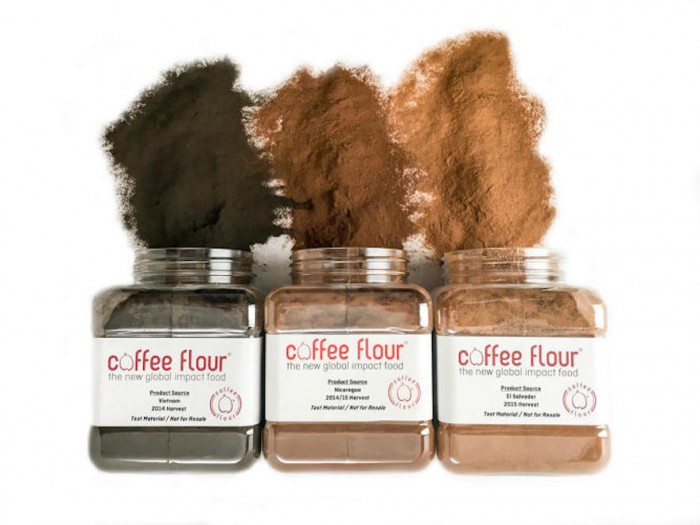
We’ve seen how innovative initiatives are finding creative uses for leftover coffee grind but Seattle-based company CoffeeFlour draws our attention to the coffee cherry, the discarded fruit that house the coffee beans. During the production process, this fruit is left to rot in rivers or pollute the land but CoffeeFlour has decided to turn the pulp into a new, nutrient-full flour alternative. Apart from its positive environmental impact, CoffeeFlour aims to help coffee-growing countries on a social and economic level.
Although the company plans to go global, it is currently operating in three continents, with production facilities in Hawaii, Nicaragua, Guatemala, Mexico, and Vietnam. In these places, CoffeeFlour provides sustainable jobs and a stable source of income for farmers who grow the coffee and pick the cherries.
The farmers’ livelihoods depend on the coffee beans, which are subject to market fluctuations, extreme weather conditions, a poor harvest and the parasitic fungus known as coffee rust. These factors put their security and the security of their families in jeopardy. CoffeeFlour is creating the opportunity of additional income. Communities can enjoy greater economic stability because the flour is a less perishable product, and therefore less vulnerable to price changes.
Along with the additional revenue comes jobs, micro economies and money to help build up and sustain coffee-growing communities.
From an environmental standpoint, CoffeeFlour is decreasing the amount of toxins released into the environment by the rotting cherry pulp, creating a healthier habitat for the locals and surrounding ecosystems.
The product itself is said to be a nutritional and sustainable flour, milled with no added ingredients.






